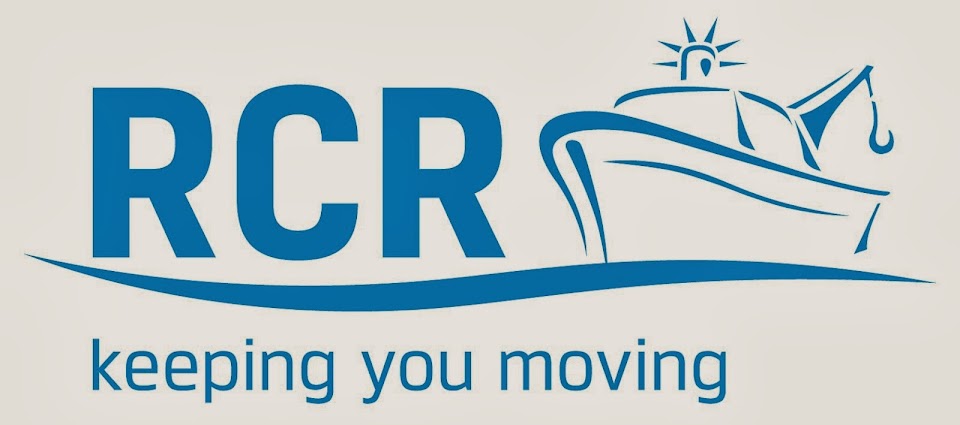River Canal Rescue were recently called to help in the rescue of a sunken narrowboat on River Nene. RCR undertook the rescue after extensive discussions with the environment agency, surveyors and contractors for the crane lift, and a team of divers. With all parties having visited the site and looked at the number of scenarios and complications the best course of action was decided upon.
This particular rescue had many complications that meant that only a few options were viable partly because the river bank had been eroded and the road was no longer stable. This ruled out use of a crane. In addition divers and bags could not be used due to the flow of water and where the boat is wedged. Although the rescue could have been delayed until the water receded it was felt that due to the boats position, and the impact this would have on the bank and local flooding, it was felt that if the opportunity arose to rescue the boat that it should be undertaken as quickly as possible
The water levels had to be reduced and the boat emptied in order to inspect, and if necessary repair the suspected hull damage before the boat could be re-floated. EA reduced the water levels, by closing the upstream sluices and opening the Ditchford sluice. Two 4 inch pumps were employed which emptied the boat within 45 minutes, but each time the water level was dropped, to allow the back of the boat to be completely emptied, boats moored nearby demanded that the rescue be stopped to allow the water levels to be increased due to risks to their own boats.
The boat was emptied four separate times and was inches from success, but hampered by un-forecast torrential rain which caused the water levels to increase rapidly and, due to localised flooding upstream the rescue had to be halted. In addition, the cold and physical stress of the work involved had left all staff at risk of hyperthermia.
Another rescue attempt was made when the weather forecast was for blue skies and the river levels started to recede. All parties were confident of an opportunity to complete the complicated salvage operation.
EA had made it very clear that due to the erosion of the bank, and the problem it had created in managing the flood levels both upstream and downstream, that one way or another the operation had to be completed over the weekend.
All parties involved were put on standby from Friday though to Sunday to ensure should the weather turn they were available at short notice to attend site. EA worked closely with RCR to ensure that the obstacles faced on the previous attempt would not hamper the salvage operations. Additional mooring posts were installed and all boats moored in the local vicinity were asked to relocate, and given notice of the intensions to reduce water levels. EA worked to reduce levels in the section and manage the flow throughout Northamptonshire prior to the attempt.
RCR’s rescue team were on site from 9am and after setting up their operations, and cordoning off their working area set to work pumping out the boat and clearing all of the debris, loose furniture and submerged obstacles from inside the boat.
The plan was to reduce water levels, to lessen the amount of water entering the vessel and holding the stern down. During this operation the boat was pumped out, quickly reaching the floor levels pipes had to be inserted in to the bilges and eventually in to the engine compartment.
If this attempt did not result in the vessel re-floating then it was over to plan B. This involved employing the use of flotation bags, to assist in getting the stern to lift. However this in itself presented many challenges and therefore was not the first option.
It has been anticipated that by 12.30 the boat would re-float if it was going to and at 12pm up she came, and as anticipated there was no hull breach evident. As agreed with EA the boat continued to be pumped out whilst river levels were increased, and the sluice gates closed to stop any flow of water. The boat was heavily listing due to sodden fixtures…all of which were on one side of the vessel. The engineers moved as many ‘movable ‘ objects as possible to offset this and continue pumping until there was only a small amount of water left in the bilges.
With the help of EA staff and the very long ropes that had been used to secure the vessel throughout its ordeal the boat was hauled to the pontoon to moor. A temporary bilge pump was installed to keep the boat afloat, and the boat made secure.
It is worth mentioning that RCR have a rescue team trained specifically for these events, and this is the first one that has ‘thwarted’ our efforts, but it was more the external effects than our own that hindered the success of the rescue. On reviewing our rescues this year, RCR have saved 21 boats from total loss, from the river Trent to the River Thames & Avon, and the UK canal system…most costs are less than £2k for the rescue but on average are saving £50k + of boat. If RCR can get to a boat before it becomes totally submerged we can usually save it within hours, in this case the boat was already submerged and Health and Safety had to take priority as the damage was already done.

